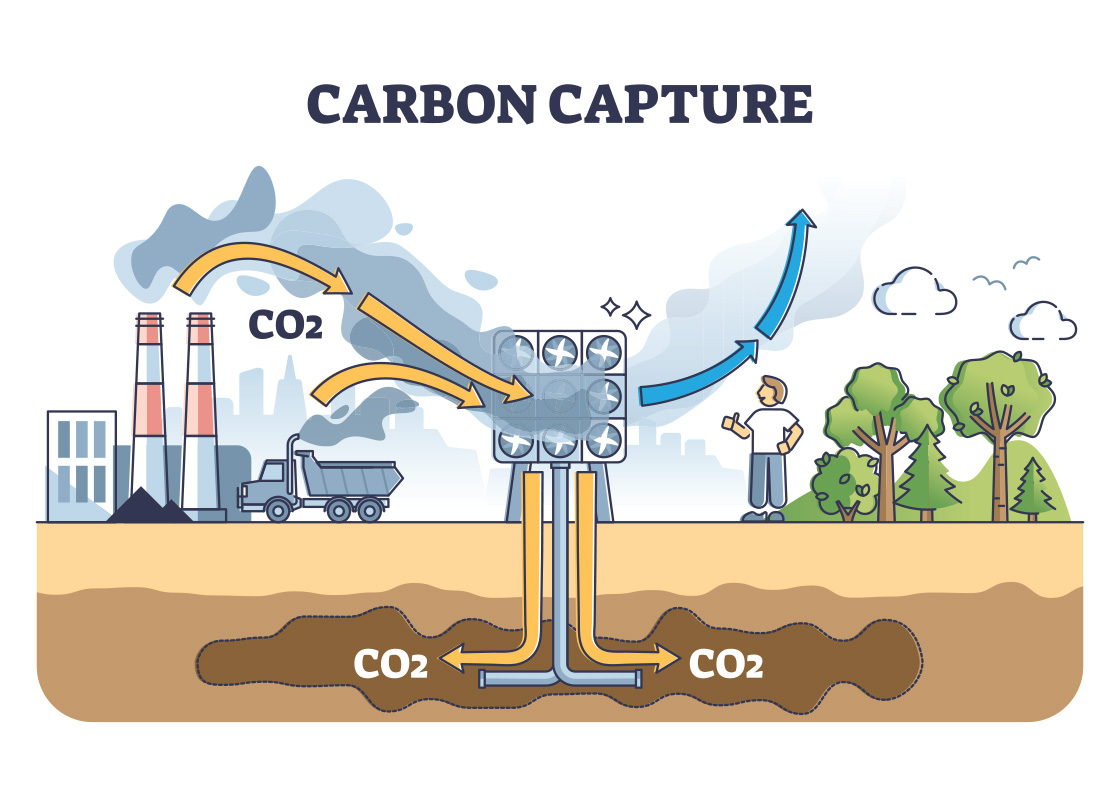
Seizing the Moment – Why Carbon Capture is so Important for COP26
The Climate Crisis is a Race but we’re Not all Running at the Same Speed
Like most people, I enjoy exercise and in particular jogging, I’ve not ever quite made it to doing my first Marathon (there is always next year), but I love the idea of training, competing and supporting people to achieve a shared goal. Marathon training involves hard work, sacrifice, and certain amount of pain and in this respect it’s not too dissimilar to the task of tackling the climate crisis. It also shares another crucial feature of the fight against the climate crisis, the individual “competitors” are not running at the same speed and may have different objectives or target goals. A recent leak ahead of the COP26 conference pinpointed the conflicting interests of national governments seeking to negotiate on protecting their beef farming, fossil fuel industries and other sources of emissions. There are potentially two responses to this leak, the first is to despair, the second is to be pragmatic and seek to tackle the issue head on.
Carbon Capture, the Hero we Need
Much of the success of renewables in the last ten years have come from economic gains, innovation, improved efficiency, and price parity has seen a boom for clean energy. It has however allied the industry with economic growth. Constant growth frequently comes at the expense of sustainability and often means that renewable energy isn’t replacing fossil fuels, but rather augmenting it to support growing energy demands. Unfortunately, there aren’t many politicians who will stand on a platform of ending economic growth and if the 1.5°C climate target is to be met then we need to seriously pursue technology that limits carbon emissions from current energy sources. In short, we need a huge investment in Carbon Capture technology, in particular direct air capture plants
Overview of Direct Air Capture
There are nearly 40 direct air capture plants in service around the world, capturing over 9000 tCO2/year, with a 1 MtCO2/year plant operating at normal levels. CO2 is collected directly from the air using direct air capture technologies. Air is passed by a chemical solution in biological fluid, which extract the CO2 while returning the residual air to the atmosphere. Strong sorbent filters that chemically bind with CO2 are used in solid direct air storage technologies. As the filters are heated, condensed CO2 is released, which can be collected and stored or used. The CO2 can be deposited in deep sedimentary rocks, but it can also be used for food preparation or mixed with hydrogen to generate fuel cells, or in construction materials for example. This technology can also help bridge the economic gap a green transition may temporarily create in an economy.
The link between carbon capture and hydrogen production is important and should create jobs in a regional economy. It is also faster than nature-based approaches (e.g. afforestation, reforestation, conservation of coastal and marine ecosystems) with which it should be deployed in tandem.
Ultimately the end goal remains the same, the elimination of unabated sources of emissions but direct air capture should help mitigate the short term position. The technology will have failed as a solution if it used to allow an expansion of fossil fuel use e.g. more blue hydrogen rather than green hydrogen.
What are the challenges for Direct Air Capture?
DAC is not without its challenges. Unlike other areas of technology in the green energy space it has not reached a competitive price point. It will need to achieve a 20% price reduction (achievable through innovation) to enable the massive scale up the technology will need on a global basis. The likely driver for this will come from investment in hydrogen production, but it would be great if world leaders could provide more support to Direct Air Capture.
